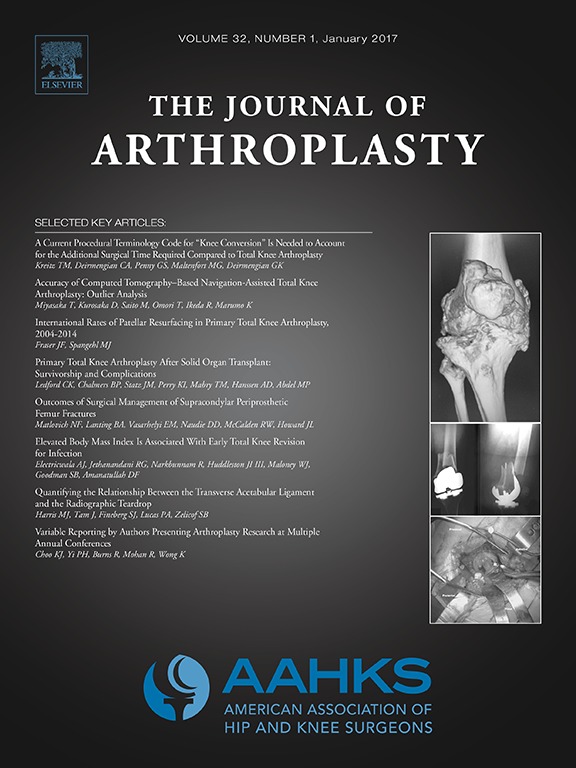
ARTHROPLASTY
Computer navigated TKA results in more accurate mechanical alignment than conventional TKA
J Arthroplasty. 2005 Apr;20(3):282-8Fifty-two patients undergoing total knee arthroplasty (TKA) were randomized to receive surgery with a kinematic computer navigation system or with the conventional method. The purpose was two compare the two groups for mechanical axis of the leg postoperatively. At 3 months, significantly more patients in the computer navigated group demonstrated a straight axis in the mechanical alignment of the leg than the conventional group. However, the computer navigated technique required a significantly longer operation and tourniquet time than the conventional method. There was no significant difference between the two groups for any other clinical, radiographic, or intraoperative outcomes.
Unlock the full ACE Report
You have access to {0} free articles per month.Click below to unlock and view this {1}
Unlock NowCritical appraisals of the latest, high-impact randomized controlled trials and systematic reviews in orthopaedics
Access to OrthoEvidence podcast content, including collaborations with the Journal of Bone and Joint Surgery, interviews with internationally recognized surgeons, and roundtable discussions on orthopaedic news and topics
Subscription to The Pulse, a twice-weekly evidence-based newsletter designed to help you make better clinical decisions
Exclusive access to original content articles, including in-house systematic reviews, and articles on health research methods and hot orthopaedic topics
Or upgrade today and gain access to all OrthoEvidence content for just $1.99 per week.
Already have an account? Log in


Subscribe to "The Pulse"
Evidence-Based Orthopaedics direct to your inbox.
{0} of {1} free articles
Become an OrthoEvidence Premium Member. Expand your perspective with high-quality evidence.
Upgrade Now












































































